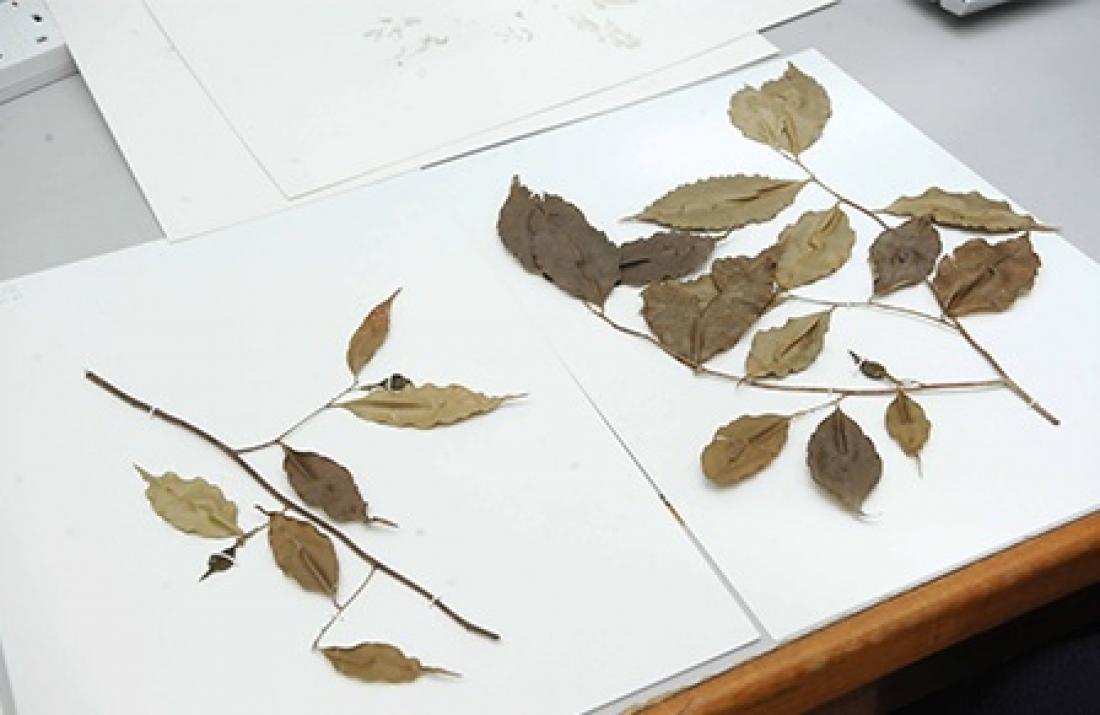The tree of the Aquilaria genus, known as karas tree, is usually associated with high-value agarwood.
The species, also known as Karas Gunung or Chandan Gunung, was discovered in the forested Gunung Tebu, Besut, Terengganu, about 100 kilometer from the spot where it was first found in Gunung Tahan, Pahang.
UPM research team, led by Department of Forest Management, Faculty of Forestry lecturer, Associate Professor Dr. Rozi Mohamed, found the tree population while conducting a research during a field trip, with the help of Terengganu Forestry Department rangers in the middle of last year.
“At first, we thought that it was a new species but after making comparisons with a 100-year old specimen at Herbarium Botanic Gardens, Singapore, we discovered that it was the A.rostrata,” she said in an interview.
The finding put to rest the fears and notions that the species may have become extinct.
More than 100 years after the first finding of the species, the tree was listed under the International Union for Conservation of Nature (IUCN) Red List as it was considered to be on the verge of extinction.
Dr. Rozi said the tree was found among felled timber in an area of about 700 meter high from the sea level.
She added that it was estimated that 50 agarwood trees, with height of between 2 and 5 meter and diameter at breast height (DBH) of between 3 and 4 centimeter, were discovered. The trees were flowering and fruiting.
According to her, the species were first discovered in 1911 at Wray’s Camp, Gunung Tahan by H.N Ridley. The findings which were reported in 1924, however, did not specify the size of the trees.
"This specie is endemic ... it is not available anywhere else, only in Peninsular Malaysia alone and is in danger of extinction," said Dr. Rozi.
She added that sustainable logging had paved the way for UPM research team to reach the habitat of the species.
“We managed to rediscover the population of the A.rostrata species…the finding gives us hope that one of the country’s natural resources has not become extinct,” she said.
Therefore, she said, the area needed to be preserved and the species safeguarded so that it could grow and multiply as natural heritage and prevent intrusion by unscrupulous quarters out to get hold of agarwood.
She also said the research was carried out using a Fundamental Research Grant Scheme (FRGS) of the Higher Education Ministry and all research information are entered into a database of DNA specially developed for Aquilaria at the Forestry Biotechnology Laboratory of UPM’s Faculty of Forestry.
She said the findings were reported in BLUMEA, an international journal on plant taxonomy by Leiden University, Netherlands.
The report is available at: http://www.ingentaconnect.com/content/nhn/blumea/pre-prints/content-nbc_...
By Azman Zakaria



